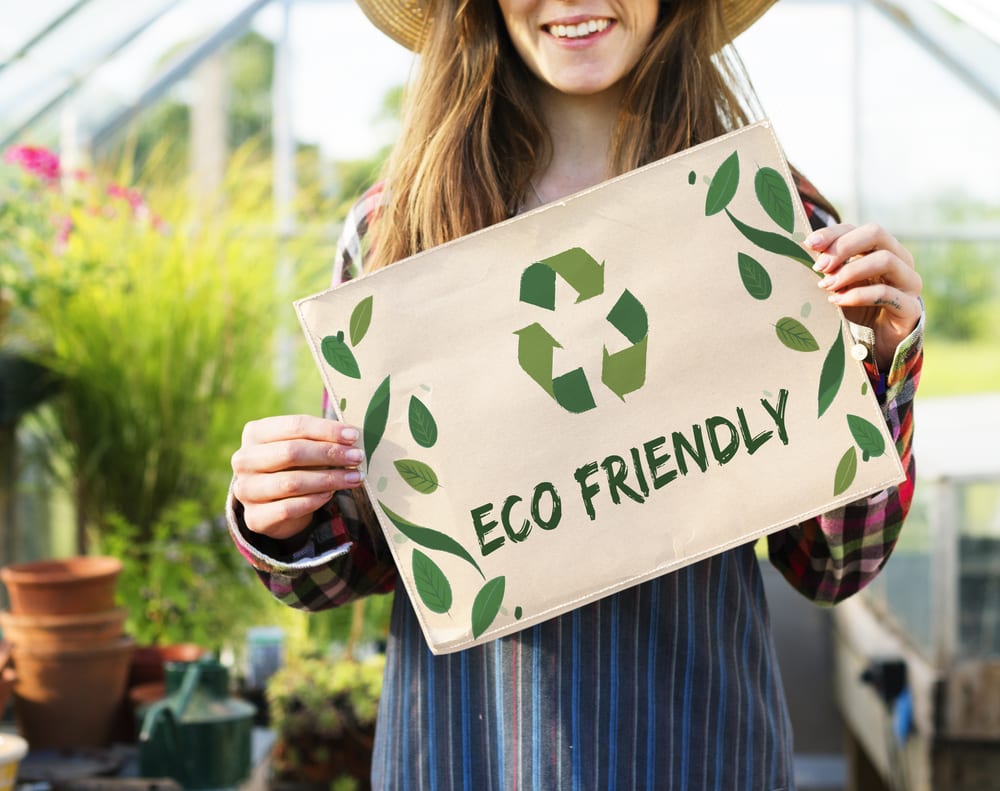Reducing your waste production
Our society has a waste issue. Each year we throw away nearly 300 million tons of plastic, with scientists forecasting there to be more plastic in the ocean than fish by 2050. With the severity of the climate crisis demanding greater action from the human population, reducing your waste is one great way to start you on your journey of living a more sustainable, low-impact life. Often the greatest issue is, however, many are not aware of the amount or type of waste they are producing on a weekly basis. The following 4 easy steps will enable you to effectively reduce the amount of waste that ends up in landfills:
- Create 3 bins – Often we are disposing of items into the general waste that can be recycled or composted. By creating 3 bins of recycling, compost, and general waste, you immediately reduce the percent of your total waste ending up in landfills.
- Clearly define what can go into each bin – Clearly defining each bin is essential in making sure we are disposing of our waste correctly. Doing some research to find out what exactly can be recycled or what kinds of food can be composted, and then adding labels with these findings can help improve the efficiency and accuracy of your waste disposable system.
- Track your waste – Tracking the amount of waste in each of the bins and paying attention to what ends up in the general waste bin is great for understanding what types of products you are consuming. This is particularly essential for the general waste bin, as limiting these items will mean less waste enters the landfills.
- Cut single-use products out – With the knowledge of the types of items entering each bin, you can now begin to slowly reduce your consumption of the general waste bin items. This might look like switching single-use cling wrap for compostable cling wrap, buying food in bulk in brown paper bags, passing on clothes that are still wearable, and so much more. The key is to focus on slowly but sustainably transitioning to make sure these changes stick!

